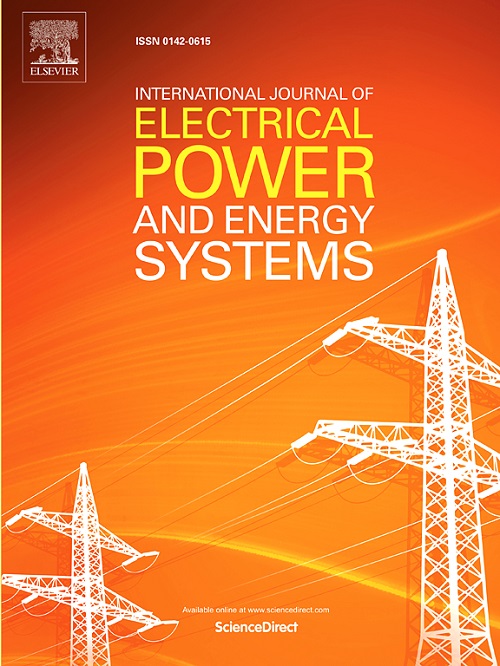基于非线性气象因子分析和混合深度学习框架的复合光伏功率预测优化模型
IF 5
2区 工程技术
Q1 ENGINEERING, ELECTRICAL & ELECTRONIC
International Journal of Electrical Power & Energy Systems
Pub Date : 2025-05-13
DOI:10.1016/j.ijepes.2025.110660
引用次数: 0
摘要
影响光伏发电预测的关键因素包括太阳辐射、气溶胶、日照时数、温度、湿度、风向、风速、云量等。各影响因素表现出非线性相关关系,导致光伏发电时间序列具有较高的波动性和离散性。首先,为了减少预测模型输入的冗余和计算时间复杂度,同时增强预测模型的鲁棒性和稳定性,提出了基于时间窗扩展和时间窗缩小策略的非线性相关搜索算法。非线性相关分析的关键序列用于下一个时间序列预测模型。在此基础上,提出了一种综合了结构化全局卷积(SGC)和iTransformer分支的新型双分支架构,称为DBSGCformer。该框架通过有效的卷积参数优化和面向变量的多变量建模的组合效果增强了捕获长期依赖关系的能力。我们进行了全面的实验来研究DBSGCformer在解决复杂的多元时间序列预测挑战方面的潜力。在两个光伏功率数据集和另外五个实际数据集上进行的实验表明,DBSGCformer显著提高了光伏功率预测的准确性,并具有较强的通用性。本文章由计算机程序翻译,如有差异,请以英文原文为准。
A composite photovoltaic power prediction optimization model based on nonlinear meteorological factors analysis and hybrid deep learning framework
Key factors influencing photovoltaic (PV) power generation predictions encompass solar radiation, aerosols, sunshine duration, temperature, humidity, wind direction, wind speed, cloud cover, and so on. The various influencing factors exhibit nonlinear correlation correlations, causing high volatility and discreteness in PV power time series. Firstly, to reduce the redundancy of the input for the prediction model and the computational time complexity, while enhancing the robustness and stability of the prediction model, nonlinear correlation search algorithm based on time window extending and time window shrinking strategies have been proposed. Key sequences from nonlinear correlation analysis are used in the next time series prediction model. Afterward, a novel dual-branch architecture that has synthesized the Structured Global Convolution (SGC) and iTransformer branches has been proposed which is called DBSGCformer. This framework enhances the ability to capture long-term dependencies through the combined effects of efficient convolution parameter optimization and variable-oriented multivariate modeling. We perform comprehensive experiments to investigate DBSGCformer’s potential in tackling complex multivariate time series forecasting challenges. Experiments conducted on two PV power datasets and five additional real-world datasets demonstrate that DBSGCformer significantly improves the accuracy of PV power forecasting and exhibits strong generalizability.
求助全文
通过发布文献求助,成功后即可免费获取论文全文。
去求助
来源期刊
CiteScore
12.10
自引率
17.30%
发文量
1022
审稿时长
51 days
期刊介绍:
The journal covers theoretical developments in electrical power and energy systems and their applications. The coverage embraces: generation and network planning; reliability; long and short term operation; expert systems; neural networks; object oriented systems; system control centres; database and information systems; stock and parameter estimation; system security and adequacy; network theory, modelling and computation; small and large system dynamics; dynamic model identification; on-line control including load and switching control; protection; distribution systems; energy economics; impact of non-conventional systems; and man-machine interfaces.
As well as original research papers, the journal publishes short contributions, book reviews and conference reports. All papers are peer-reviewed by at least two referees.

 求助内容:
求助内容: 应助结果提醒方式:
应助结果提醒方式:


